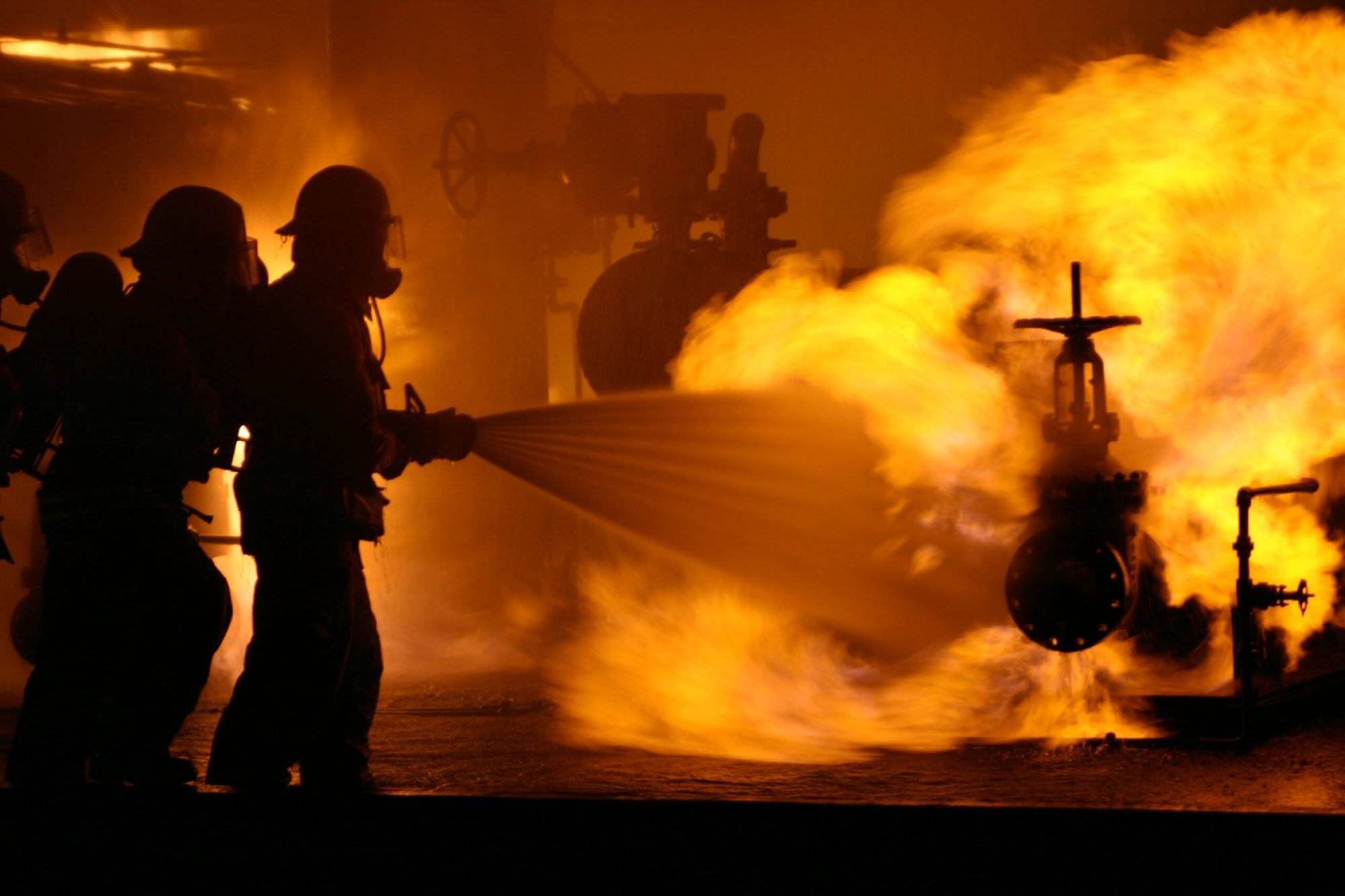As winter approaches, manufacturing facilities face unique challenges from freezing temperatures, snow, and ice that can impact equipment performance and longevity. Cold weather often causes mechanical parts to stiffen, reduces battery life, and can even lead to unexpected breakdowns if proper precautions aren’t taken. To keep operations running smoothly during these colder months, implementing specific winter-proofing maintenance practices is essential.
Switching to cold-resistant lubricants is a priority for any equipment maintenance plan in winter. In low temperatures, standard lubricants can thicken, which restricts their ability to protect moving parts effectively. Winter-grade lubricants, designed to withstand colder environments, help ensure equipment continues to run smoothly. Monitoring lubricant levels closely throughout the season can prevent unexpected friction-related issues, as machinery may need additional lubrication in these conditions.
Electrical components, particularly batteries, are also affected by cold weather. Low temperatures drain batteries faster, increasing the risk of power interruptions. Regularly testing battery life and checking electrical connections for any signs of corrosion or looseness is critical. Protecting electrical panels from exposure to damp and freezing air by using covers or insulation can further shield these components from the cold. Such precautions can significantly reduce the risk of sudden equipment shutdowns during essential operations.
Allowing extra warm-up time for machinery during winter is also important. Starting equipment too quickly without giving it time to acclimate to the colder temperatures can strain mechanical parts, leading to breakdowns or reduced efficiency. In extreme temperatures, consider using heaters near critical parts of the machinery to help maintain operational readiness.
Moisture and condensation also pose considerable risks to equipment in winter. Snow, ice, and rain increase moisture exposure, which can lead to rust and corrosion if not managed effectively. Whenever possible, store equipment in temperature-controlled areas to protect against moisture. Applying anti-corrosion treatments on exposed metal parts can also help safeguard machinery from rust. Regularly wiping down surfaces to remove any moisture buildup or snow will protect sensitive components from long-term damage.
Checking seals frequently during winter is equally important. Seals prevent contaminants like dust and moisture from entering machinery and causing internal damage. However, cold temperatures can cause seals to become brittle, crack, or fail. Regular inspections can help identify any issues early, and damaged seals should be promptly replaced to maintain the integrity of the equipment.
Finally, scheduling routine maintenance checks tailored for winter conditions ensures that machinery stays in optimal shape throughout the season. Increasing the frequency of maintenance inspections during winter months allows for early detection of potential issues, which helps prevent costly breakdowns. Keeping a record of maintenance activities, including inspections and any necessary repairs, also allows facilities to adjust their maintenance schedules as needed to address recurring issues.
Winter-proofing equipment in manufacturing facilities helps maintain productivity and safety. By taking steps to use suitable lubricants, protect electrical components, provide extra warm-up time, manage moisture, inspect seals, and schedule routine winter maintenance, manufacturers can ensure their equipment withstands the cold. With the right preparation, machinery can operate reliably all winter long, keeping production on track regardless of the season’s challenges.

